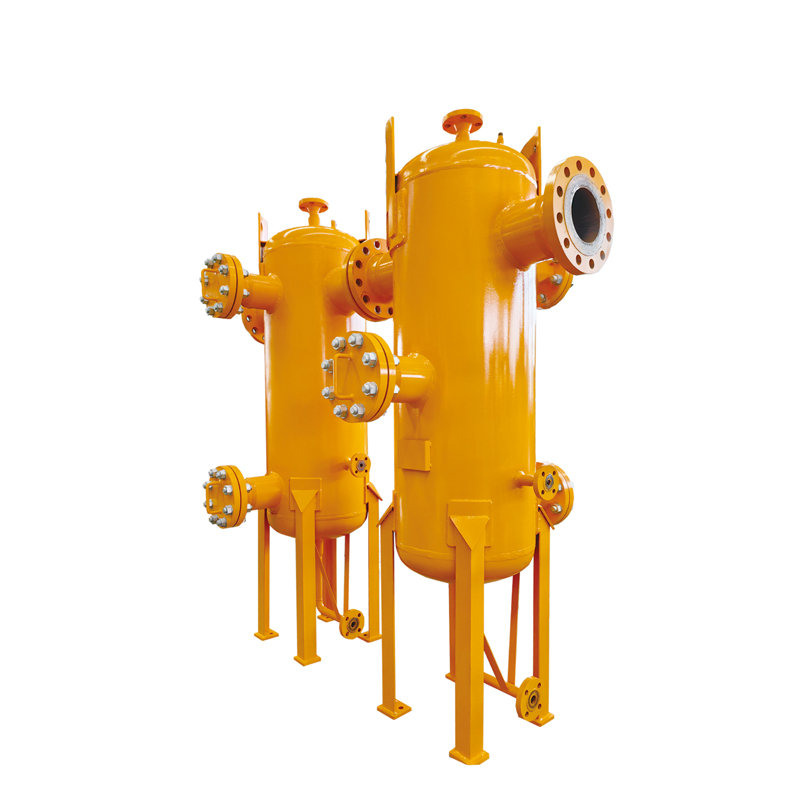
Nov . 27, 2024 14:26
Back to list
Understanding the Functionality and Applications of Pressure Reducing Regulators in Systems
Understanding Pressure Reducing Regulators
Pressure reducing regulators (PRRs) are essential components in various industrial applications, helping to maintain safe and consistent pressure levels in fluid systems. The primary function of a PRR is to reduce the high inlet pressure from a supply source, such as a gas cylinder or a pressurized tank, to a predetermined lower outlet pressure that can be safely used in downstream processes. This article delves into the working principles, applications, types, and advantages of pressure reducing regulators.
Working Principle
At its core, a pressure reducing regulator operates under the principle of controlling gas or liquid pressure through a mechanical system. The key components of a PRR include an inlet valve, a diaphragm, a spring, and an outlet port. When high-pressure fluid enters the regulator, it acts against the diaphragm, which is connected to a spring. This interaction helps to balance the pressure and allows the diaphragm to open or close the inlet valve as needed. When the outlet pressure rises above the set point, the diaphragm pushes against the spring, closing the valve and preventing further flow until the pressure stabilizes. Conversely, if the outlet pressure drops, the valve opens to allow more fluid through.
Applications
Pressure reducing regulators find applications in various sectors, from industrial manufacturing to residential use. In the gas industry, they are widely used for distributing natural gas to homes and businesses, ensuring that the pressure remains within safe operating limits. Similarly, in the medical field, PRRs are vital for controlling the pressure of gases delivered to patients, such as oxygen and anesthesia.
Manufacturing processes also rely on PRRs to maintain consistent pressure for pneumatic machinery and equipment, ensuring optimal performance and reducing the likelihood of equipment failure. In laboratories, these regulators are crucial for managing the precise pressures required in experiments and chemical processes.
Types of Pressure Reducing Regulators
There are several types of pressure reducing regulators, each designed for specific applications
1. Single-stage Regulators These are the most straightforward type, where the pressure drop occurs in one stage. They are suitable for applications where the inlet pressure does not vary significantly.
2. Two-stage Regulators In these regulators, the pressure is reduced in two stages, which helps to maintain more consistent outlet pressure despite fluctuations in inlet pressure. This type is ideal for applications that require higher precision.
pressure reducing regulators

3. Back-pressure Regulators Unlike traditional reducers, back-pressure regulators maintain a set pressure on the outlet side while allowing the inlet pressure to vary. They are commonly used in processes where pressure needs to be controlled even when the system experiences changes in flow.
4. Dome-loaded Regulators These regulators use a small control signal in the form of pressure in a dome to adjust the main valve. This design provides precise pressure regulation and is often used in high-flow applications.
Advantages of Pressure Reducing Regulators
The use of pressure reducing regulators offers numerous benefits
- Safety By controlling high pressures, PRRs help prevent accidents and system failures, ensuring safer operational environments.
- Consistency Maintaining a stable outlet pressure is crucial for the optimal operation of equipment and processes, and PRRs provide this consistency.
- Efficiency By keeping pressures at required levels, PRRs can help reduce energy costs and improve the overall efficiency of fluid systems.
- Versatility With various types available, pressure reducing regulators can be adapted to numerous applications, making them an indispensable part of many systems.
Conclusion
Pressure reducing regulators play a critical role in ensuring safe and stable operational conditions in a wide range of applications, from industrial processes to residential gas supply. Understanding their working principles, types, and advantages allows for better selection and implementation in various systems. As technology continues to advance, pressure reducing regulators are likely to evolve further, catering to growing demands for precision and safety in fluid management.
Latest news
-
Safety Valve Spring-Loaded Design Overpressure ProtectionNewsJul.25,2025
-
Precision Voltage Regulator AC5 Accuracy Grade PerformanceNewsJul.25,2025
-
Natural Gas Pressure Regulating Skid Industrial Pipeline ApplicationsNewsJul.25,2025
-
Natural Gas Filter Stainless Steel Mesh Element DesignNewsJul.25,2025
-
Gas Pressure Regulator Valve Direct-Acting Spring-Loaded DesignNewsJul.25,2025
-
Decompression Equipment Multi-Stage Heat Exchange System DesignNewsJul.25,2025

